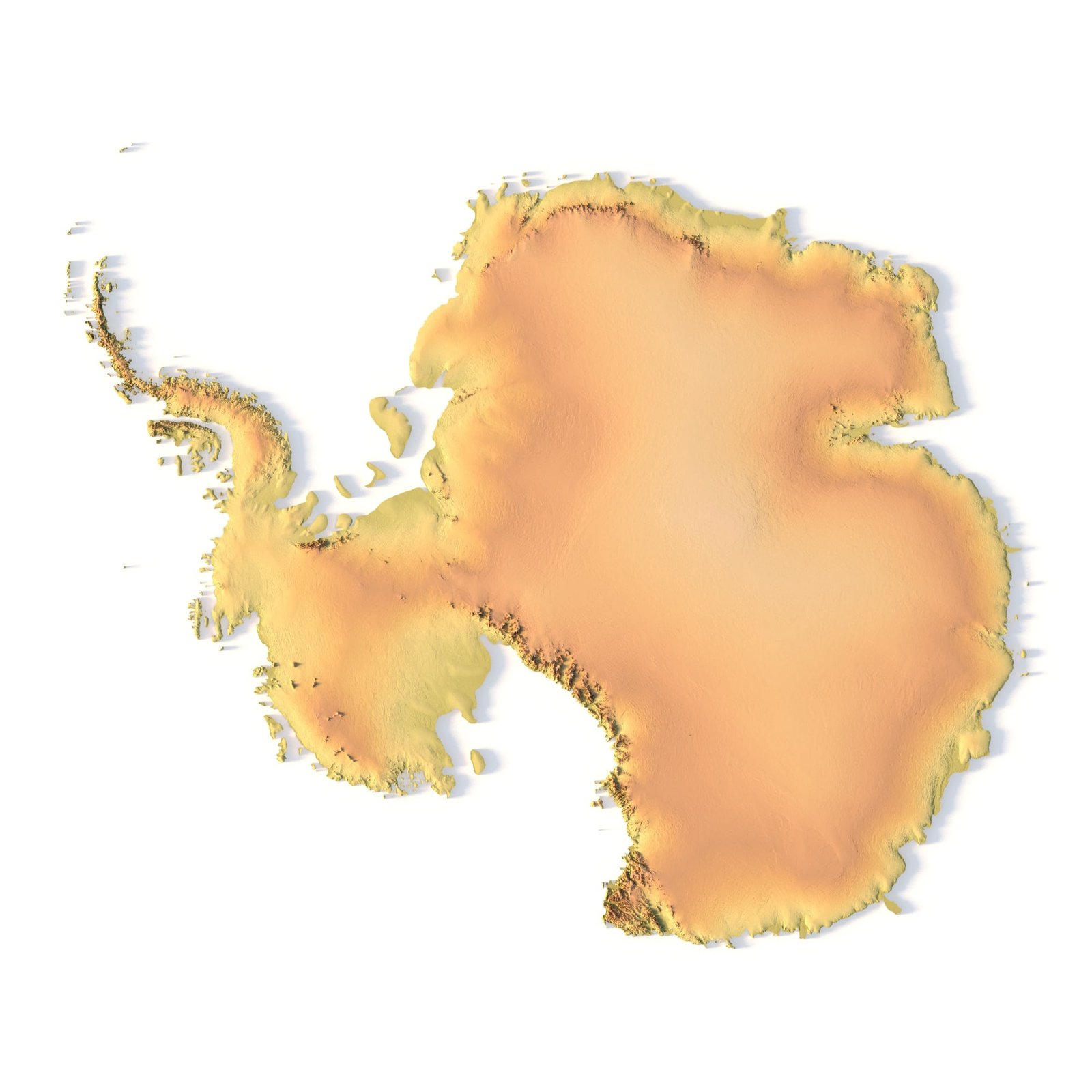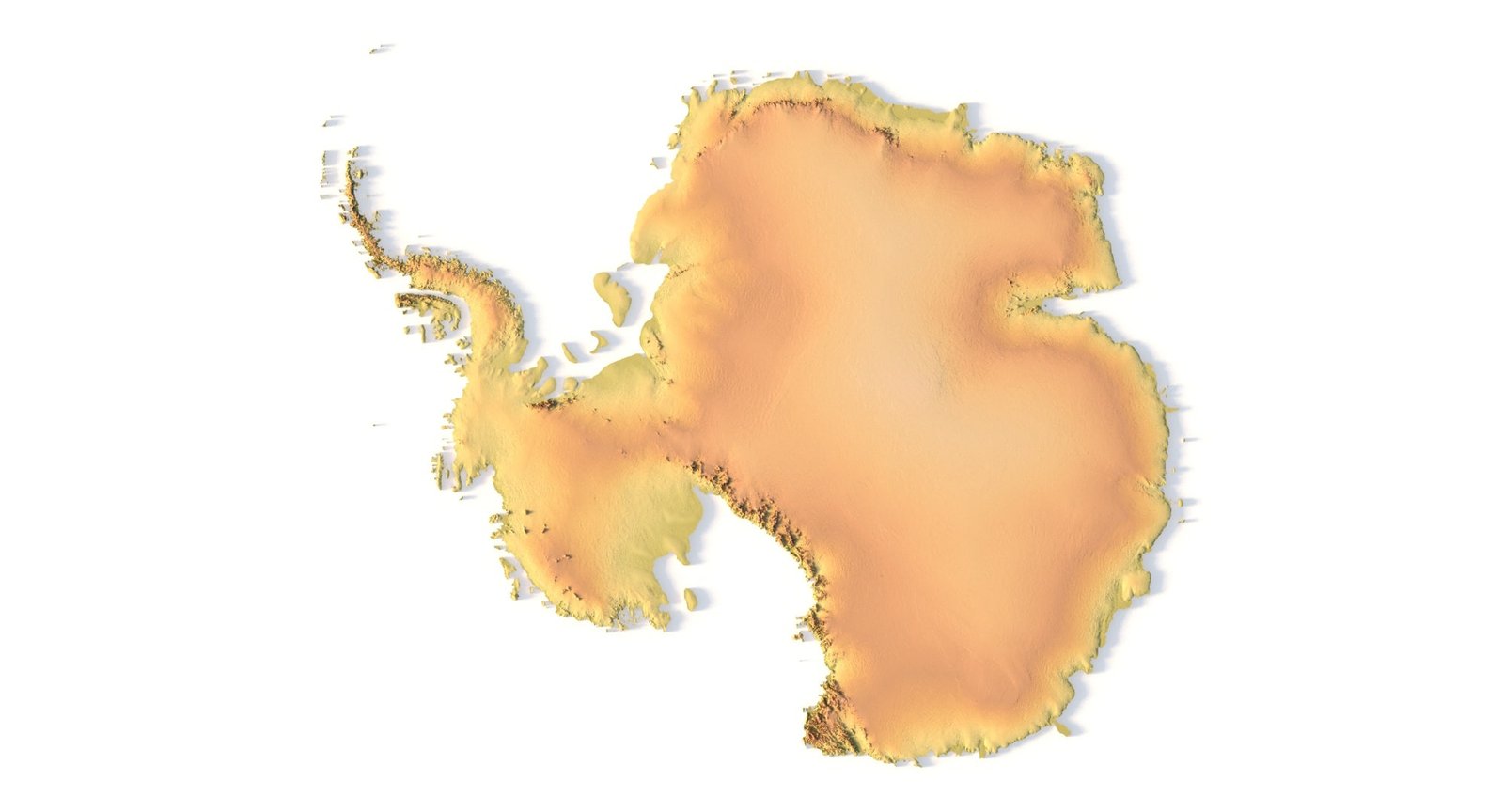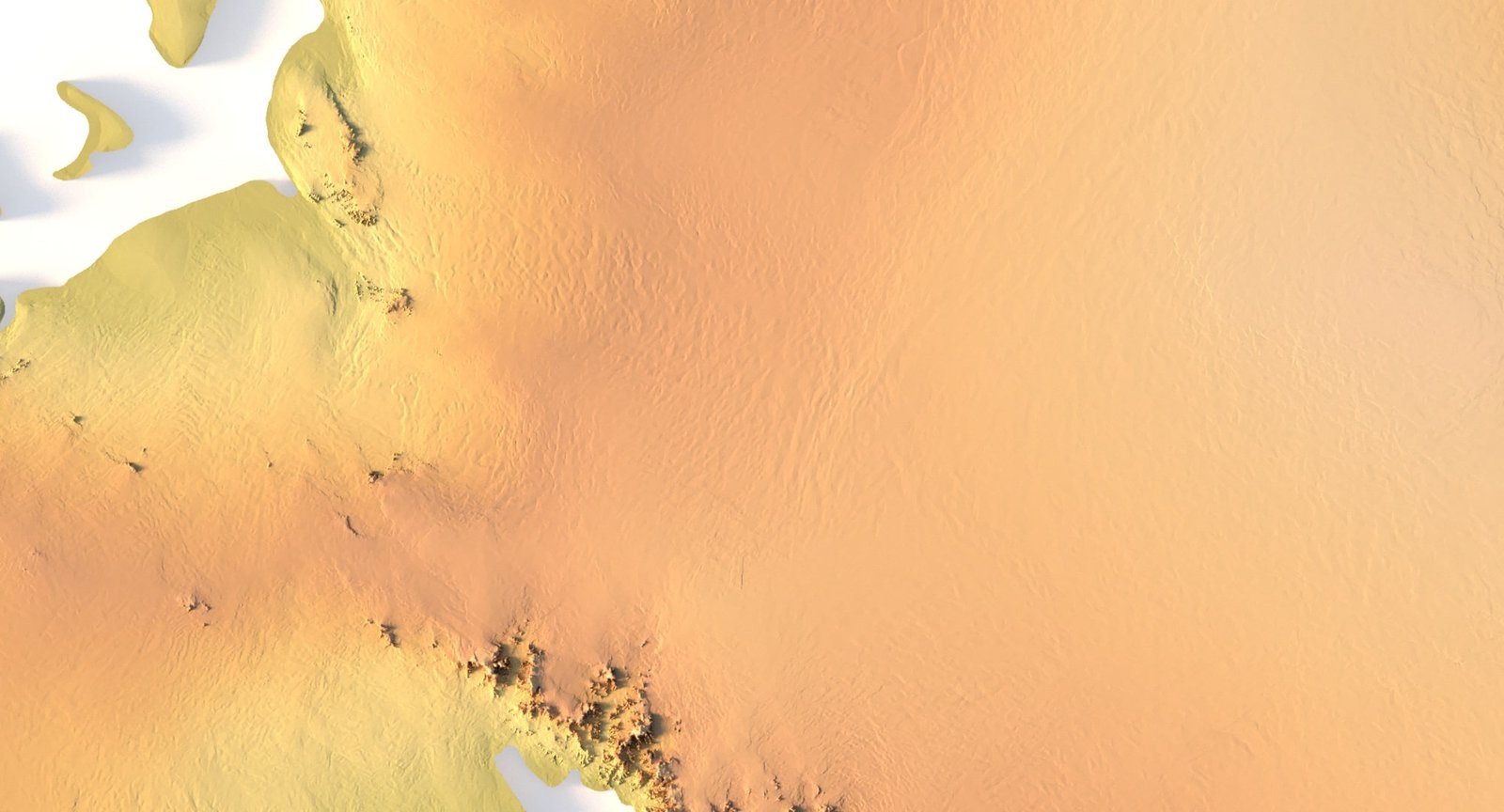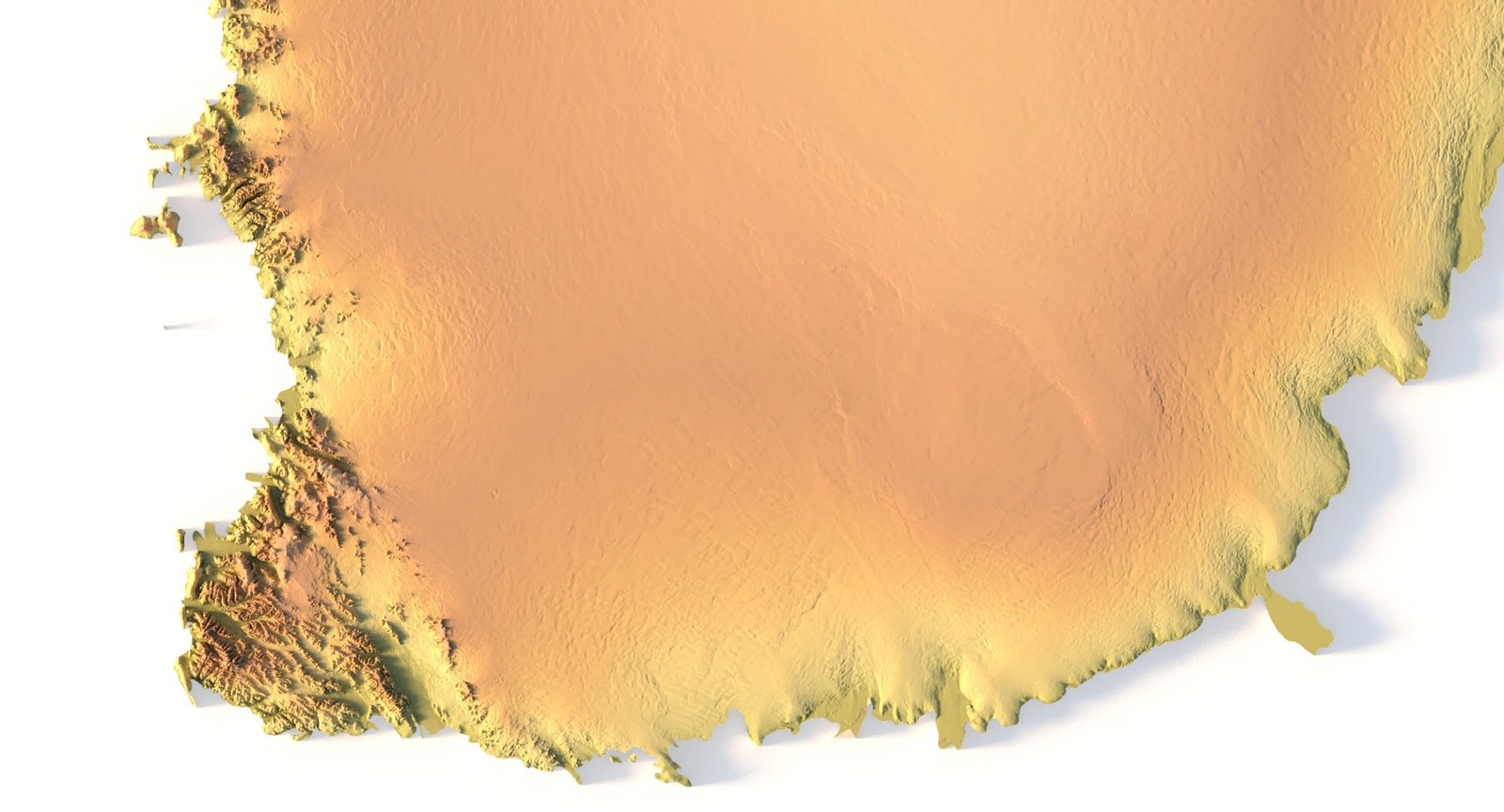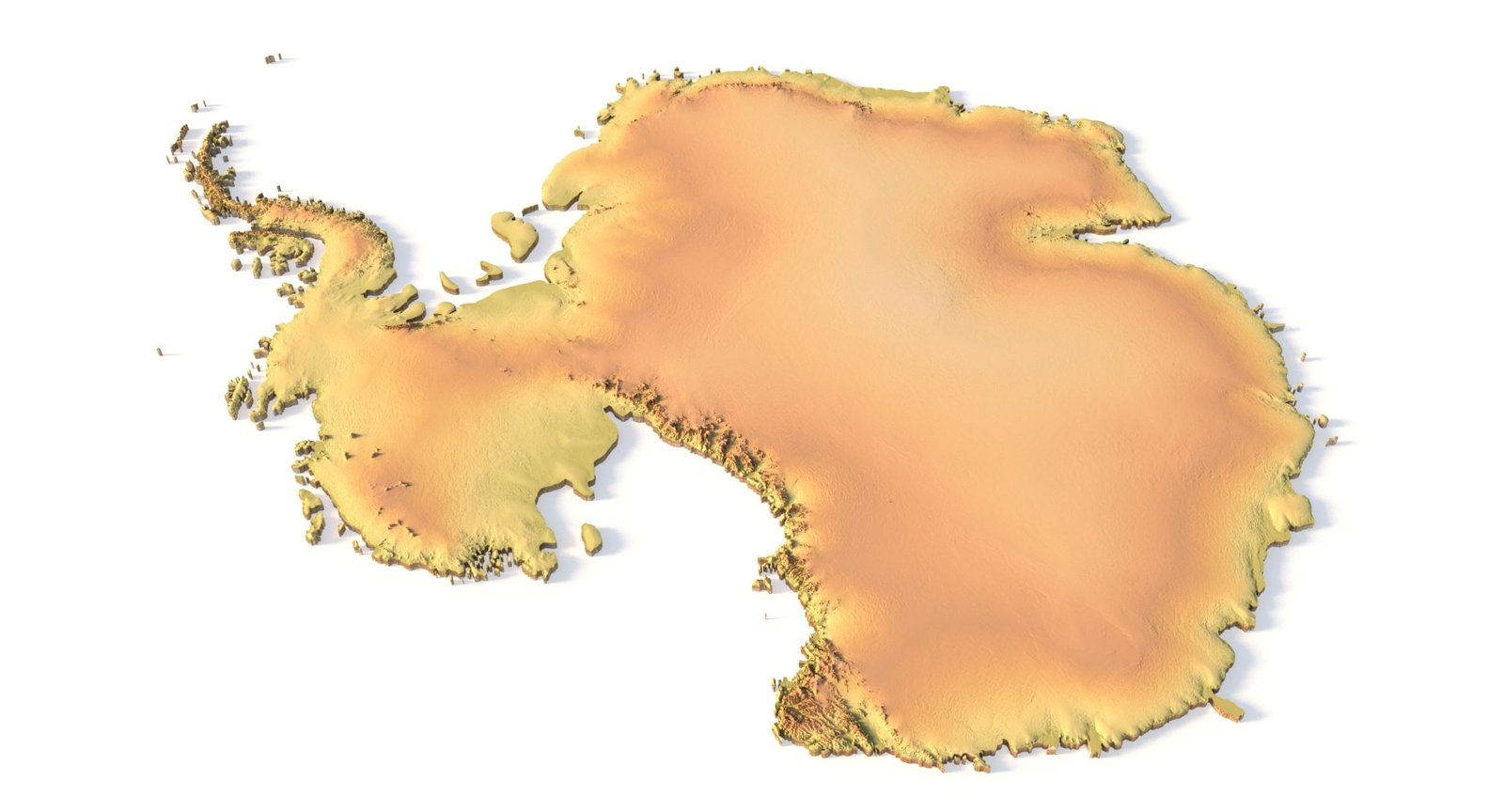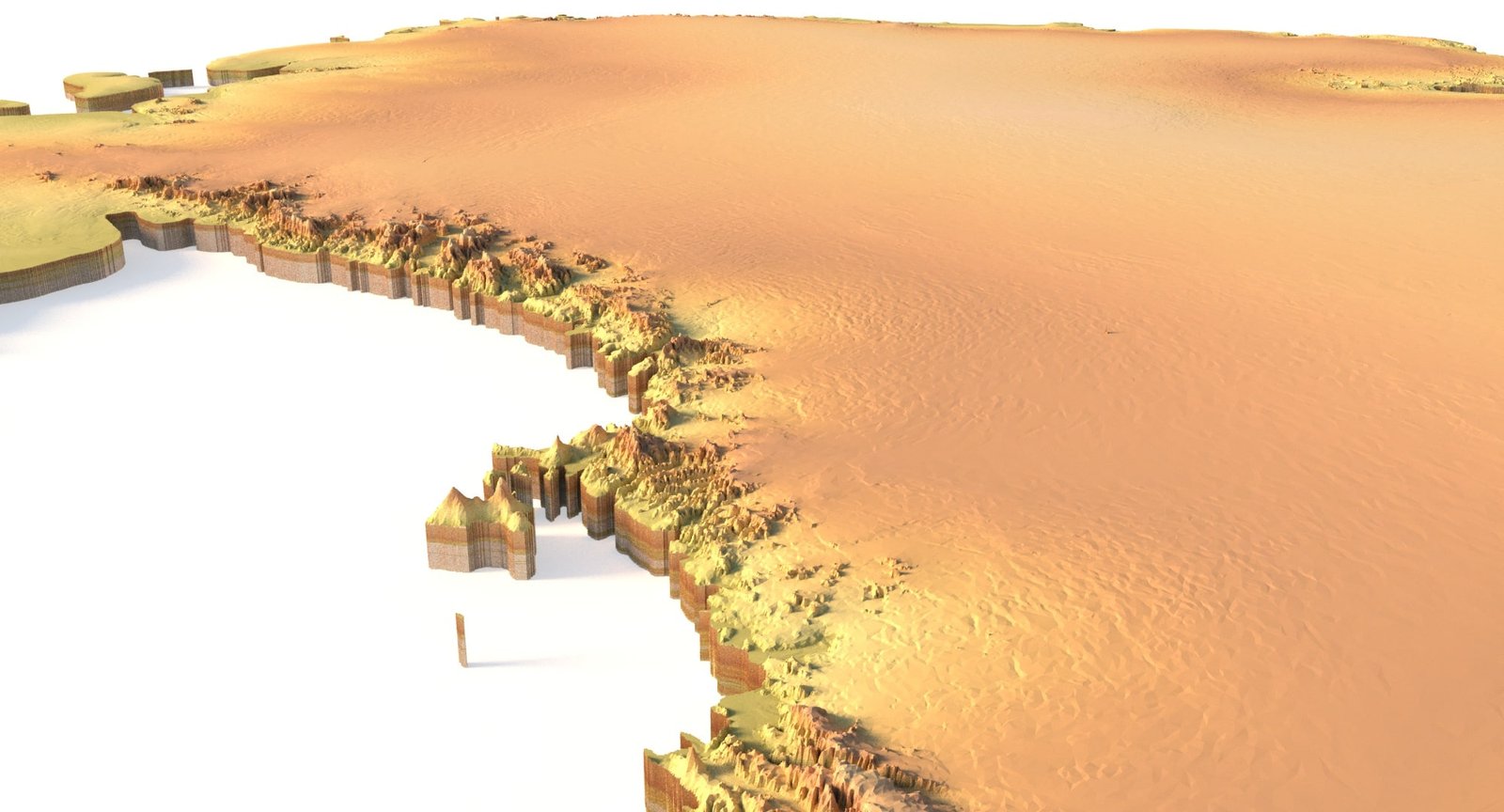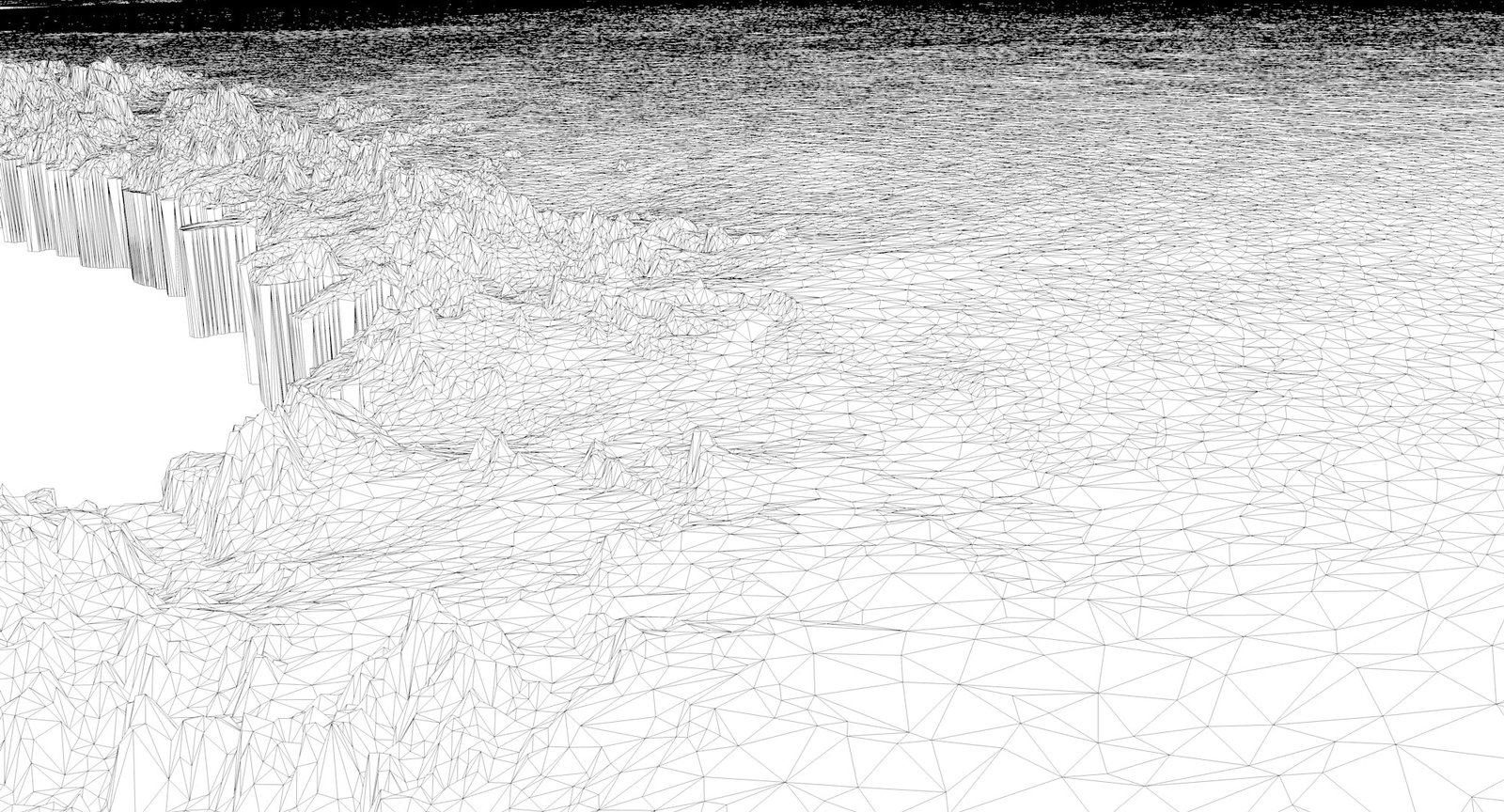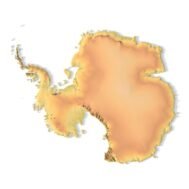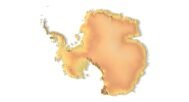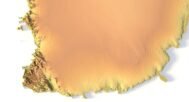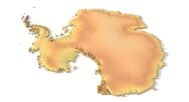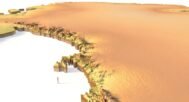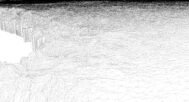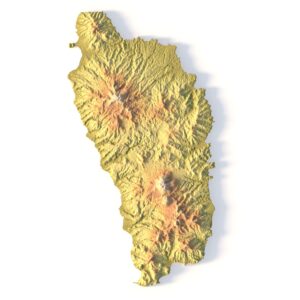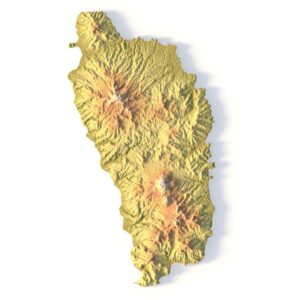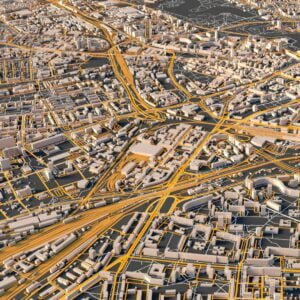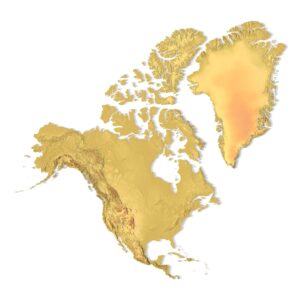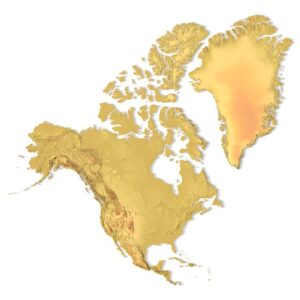Our Antarctica 3D model provides a detailed and accurate topographic representation of the continent, ideal for a wide range of uses, from 3D printing to digital applications. This versatile model can help in visualizing polar regions and studying glaciology or even creating models for computer games.
Antarctica 3D model
$21.00
3D Printable Model of Antarctica – Precision STL for Various Applications
![]()
- File size: 72.5 MB
- Model size: 218 mm x 181 mm x 2.9 mm
- Scaling factor: X — 0,001; Y — 0,001; Z — 0,012
- Polygons: 1 522 316
- Vertices: 761 309
- Geometry: Polygonal Tris only
- Base: Closed
We accept VISA, Mastercard, ApplePay, GooglePay and other payment methods
You can also purchase this product using MasterCard/Visa on
RenderHub → and 3Dexport →.
What can I use a 3D model in STL format for?
Uses for the Antarctica 3D Model
- 3D Printing Applications: Create physical models using plastic, photopolymer, or even wood and metal with CNC machines.
- High-Resolution Relief: Achieve precise terrain mapping with 3D laser markers for stunning relief displays.
- Master Forms Creation: Use the model to create master forms for product duplication, ideal for foam polystyrene or concrete casting.
- Computer Graphics and Visualization: Import the model into 3D software to create realistic landscape modeling and visualizations.
- Low-Poly Game Development: Use this model as a foundation for low-polygonal models in computer game design.
Perfect for Scientists, Educators, and Designers
This 3D model is ideal for those studying environmental changes and climate change in the polar regions, or anyone needing an accurate topographic map of Antarctica for scientific or creative purposes. From creating educational models to professional terrain mapping, this STL file offers a world of possibilities.
Features of the Antarctica 3D Model
- Highly detailed topography and landforms.
- Supports various 3D printing methods.
- Ready for use in 3D visualization projects and simulations.
- Compatible with multiple CAD and game design programs.
Enhance Your Projects with Realistic Antarctic Terrain
This Antarctica 3D model is not only accurate but versatile, offering support for a wide range of disciplines, from scientific studies to game development.
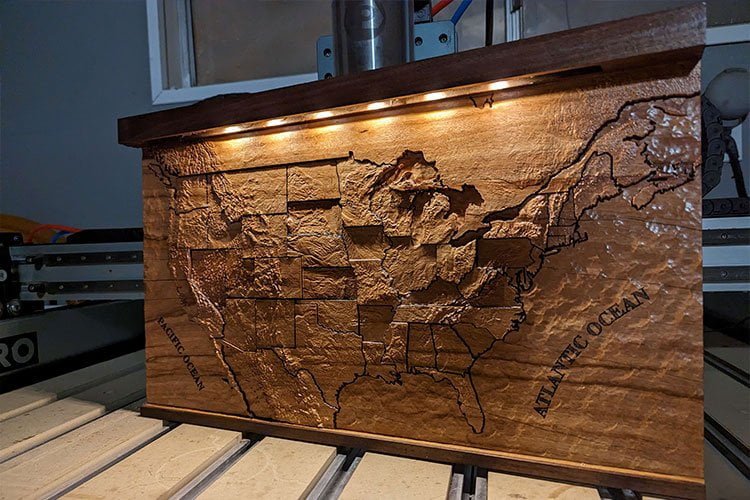
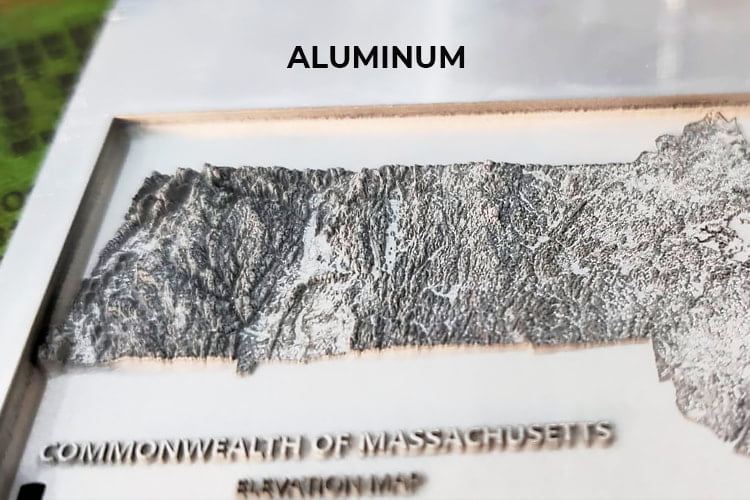
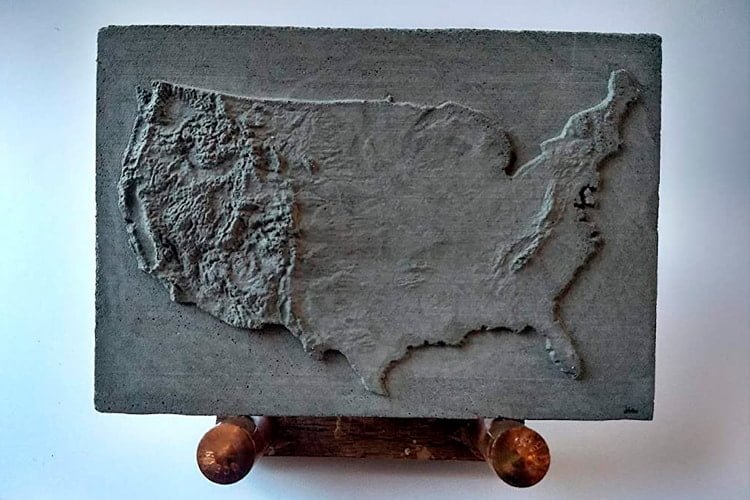
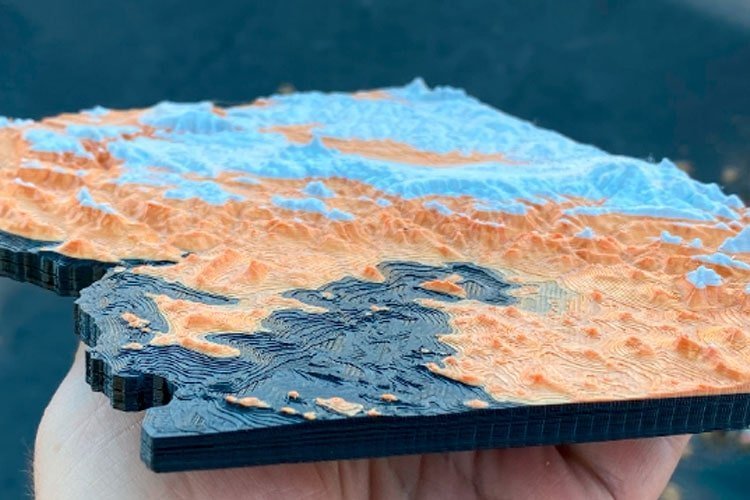
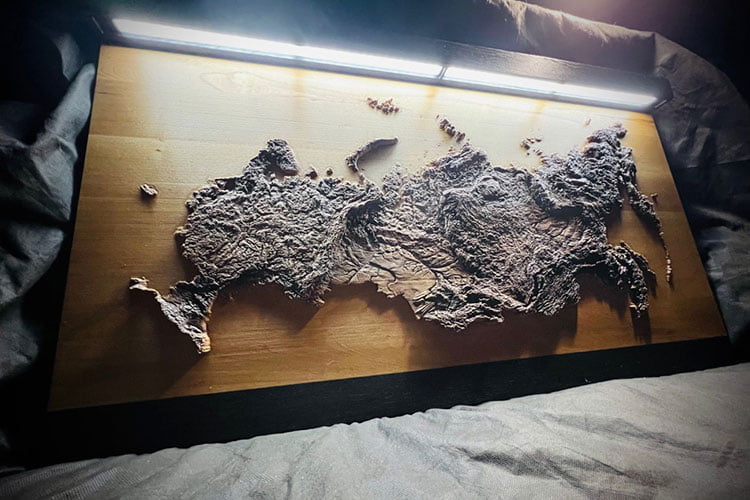
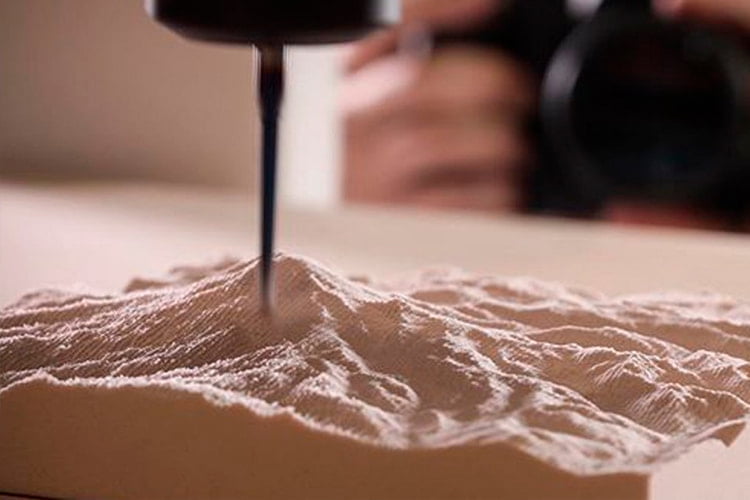

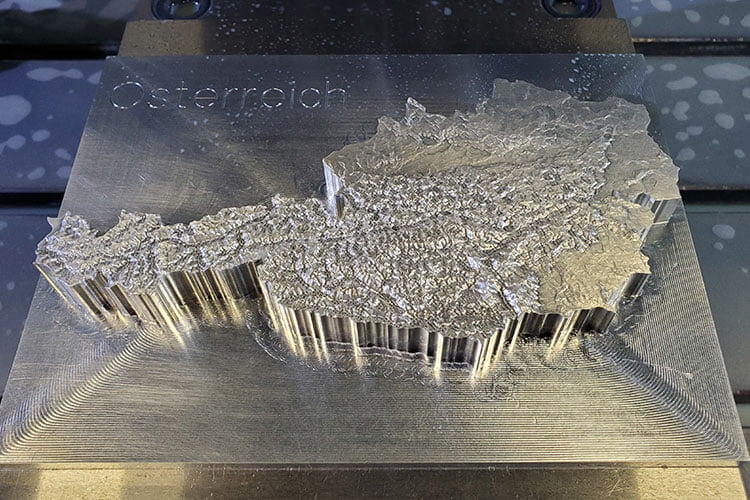

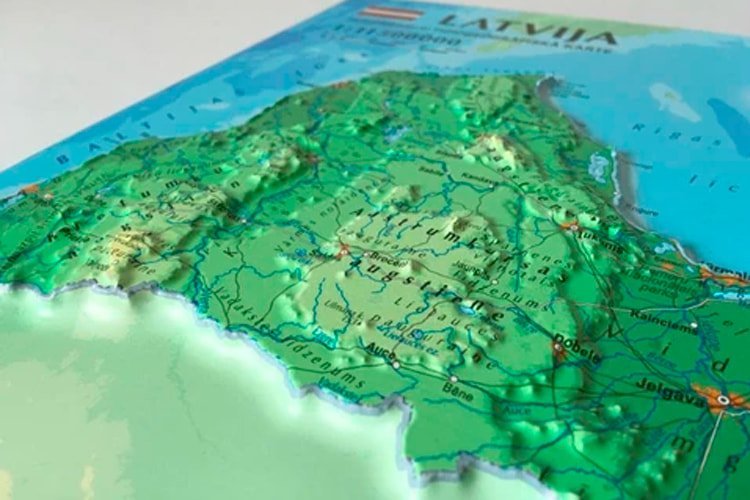
How do I change the parameters of the STL model of Antarctica?
You can easily resize the model in any program that allows you to import STL files.
In addition to changing the scale in width, length, and height, you can add a higher base. You can also use anti-aliasing tools, add bulk text, reduce the number of polygons, etc.
Leave a request if you need a model of Antarctica in other sizes, resolutions or projections.
 Solar System
Solar System World
World Continents
Continents Peninsulas
Peninsulas Islands
Islands Countries
Countries States of America
States of America Canadian Provinces
Canadian Provinces Parks & Canyons
Parks & Canyons Fantasy
Fantasy Other
Other Planets
Planets Satellites
Satellites